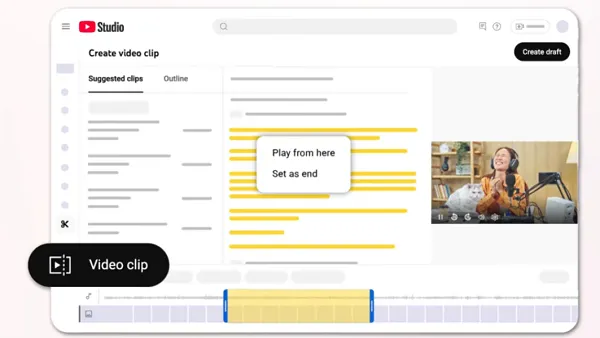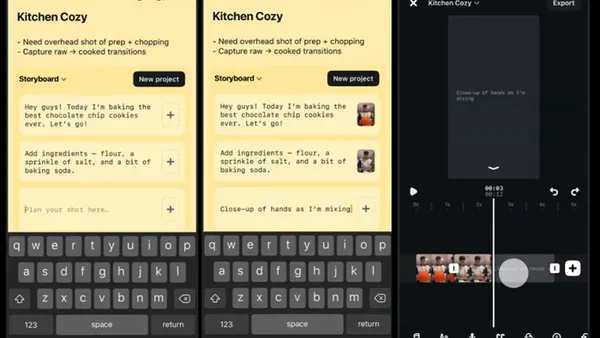Sound familiar? If so, it's probably because we've all experienced what happens when you remove the social from social media: you end up with broadcasted, unpersonalized messaging that lacks resonance and ultimately misses the engagement and intimacy social media was created to deliver.
To that end, it's time to follow our Founder Dharmesh Shah's advice and start putting the social back in social media, focusing on humans over handles and people over posts. Below, I've outlined three ways in which I believe companies can do this, scaling their social media presence without losing the personal connections that your prospects, customers, and leads seek when interacting with you on Twitter, Google+, LinkedIn, and Facebook.
1) Listen Up: The most effective social media marketers in the world listen at least as much as they talk on social media outlets, and yet somehow over the last two years, "monitoring" has become synonymous with "sending auto-responses when someone mentions your brand." Is there anything less lovable than getting a public message from a company that shows no indication they were listening?
This is where the notion of people not posts comes in--just as we used to do before there were tools to automate this stuff, new advances in the marketing technology space (including HubSpot's Social Inbox) allow you to create lists of the people that matter most to your company (influencers, customers, media, etc) and really tune in to what they're saying about your brand, your competitors, and your landscape on a daily basis. With a small amount of context about their interactions with your company in front of you, your marketing team can readily and personally respond to each message without being inundated, overwhelmed or spammy.
2) Share the Spotlight: Some of the world's most dramatic social media success stories come from people and brands who consistently go out of their way to shine a bright spotlight on interesting, unique or up-and-coming talent. Social social isn't about convincing the world how great YOU are, it's about becoming a consistently GREAT place to tune in because your readers know they will always find something of value.
A great way to deliver really unique value is to spotlight some of the most compelling but undiscovered voices in your industry. These could be from followers and LinkedIn connections that you already have now, which is why it's so important to make all your social platforms a two-way street. Share the stuff they are sharing, say what's so great about it and tag them in the post so that they know you are promoting their work.
3) Find A Balance Between Your Personal and Professional Brands: You should feel incredibly proud of where you work, and of the blog posts, videos, content, and great work your team creates there. But as I noted above, there's a fine line between sharing your love for your company and boring your friends, followers, and colleagues to tears. First things first, you have to assess whether the people your personal brand attracts are the right type of people for your company. This plays a huge role in the interplay between your personal and professional brands, and how to approach and manage each. If we are talking about wholly divergent groups, you're not going to want to mix oil and water.
That said, human relationships frequently form around shared hobbies, interests, and tastes, so you should remain open to the possibility that your personal brand can be used to build relationships with people and organizations that could plan a big role in your company's success. Perhaps your personal wine blog gets you credibility with an investor or executive candidate who is extremely interested in wine, even though your core business has absolutely nothing to do with wine. Think "business cocktail party" personal, when you wonder how personal to be. In other words, it's fine to put people at ease with some human openness and honesty, but not ok to freak them out with oversharing.
Putting this into Practice
Whatever mix of the above three things you try, consistently follow the wise words of one of my very first social media mentors, Chris Brogan, and don't be a robot. Don't be afraid to make mistakes, just be on top of your game about admitting to and fixing them. Some of the world's strongest and most effective social media brands are that way because they messed up the worst, early on, and had to learn from it.
Have some fun and let us know in the comments what approaches have been most effective for you.










